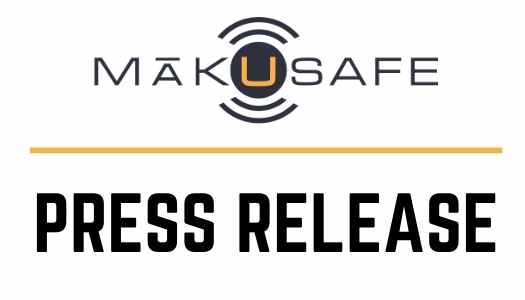Data-Driven Worker Safety Improvement at Toms Quality Millwork
January 4, 2022
Background: This case study highlights the use of MakuSafe wearable technology at Toms Quality Millwork, a major hardwood manufacturer, to improve workplace ergonomics and reduce worker injuries. A team of undergraduate industrial engineering students from the University of Wisconsin-Madison collaborated with TQM to analyze data collected from MakuSafe devices worn by shop floor workers. The aim was to reduce risks associated with high-force tasks like pushing, pulling, and repetitive movements, which are linked to long-term injuries and worker compensation claims.
Key Findings: The study focused on TQM’s Line 3, which operates on two shifts. Workers rotate every 2.75 hours across four workstations, each handling tasks of varying difficulty depending on the product size. The MakuSafe data identified patterns in high-risk activities, including:
- Push/Pull Activities: The data revealed frequent and elevated occurrences of push/pull movements on certain days, correlating with the production of larger and heavier boards.
- Time and Position Impact: The frequency of push/pull movements decreased throughout the day, and positions 2 and 4 were found to have significantly higher occurrences of these activities. Certain workers were also identified as experiencing more push/pull hits, suggesting a need for further ergonomics adjustments.
- Job Rotation and Fatigue: The analysis demonstrated that task frequency and job rotation influenced the strain on workers. Push/pull hits were notably higher during the morning rotations compared to the afternoon, indicating worker fatigue as a contributing factor to safety risks.
Recommendations: The student research team developed several practical recommendations to improve worker safety and reduce injury risk:
- Introduce anti-fatigue mats at key positions.
- Adjust the placement of scrap bins to reduce unnecessary movements.
- Shorten the shift rotation length from 2.75 hours to 2 hours.
- Decrease task frequency, especially for repetitive high-force tasks.
- Ensure exclusive use of counterbalance carts for final product sorting to reduce manual handling.
- Reorganize stacking carts to minimize strain.
- Limit the number of boards handled simultaneously.
Outcomes: By following these data-driven and ergonomically informed recommendations, TQM is expected to lower the risk of worker injuries, reduce worker compensation claims, and maintain productivity on the shop floor. The implementation of these safety improvements offers a clear example of how wearable technology can drive meaningful workplace changes.





